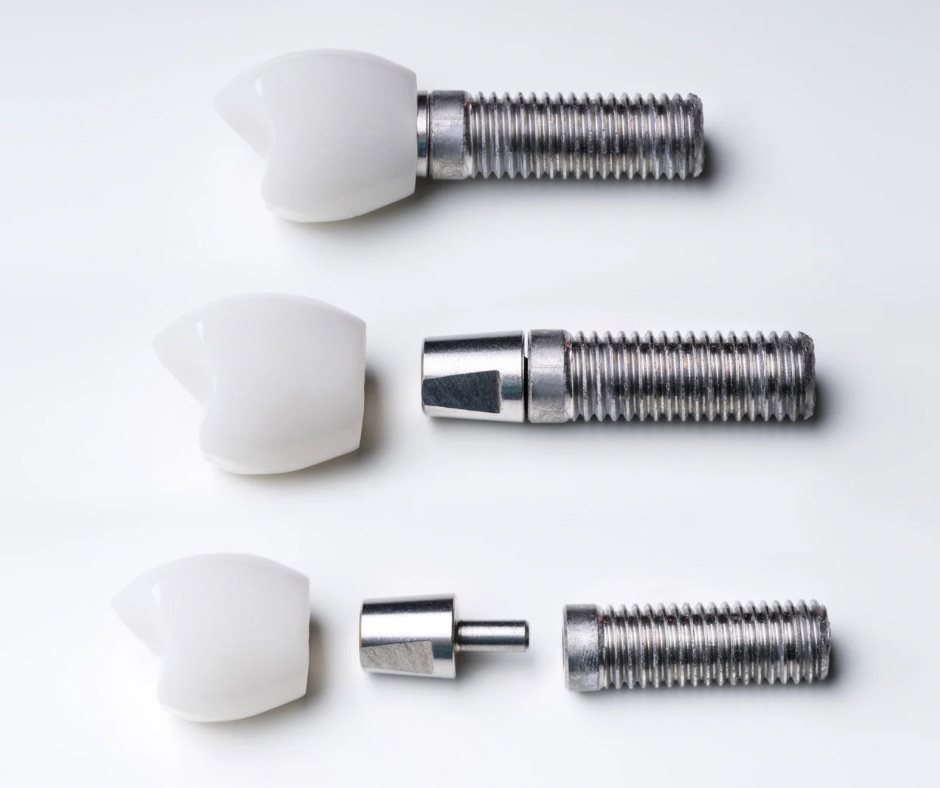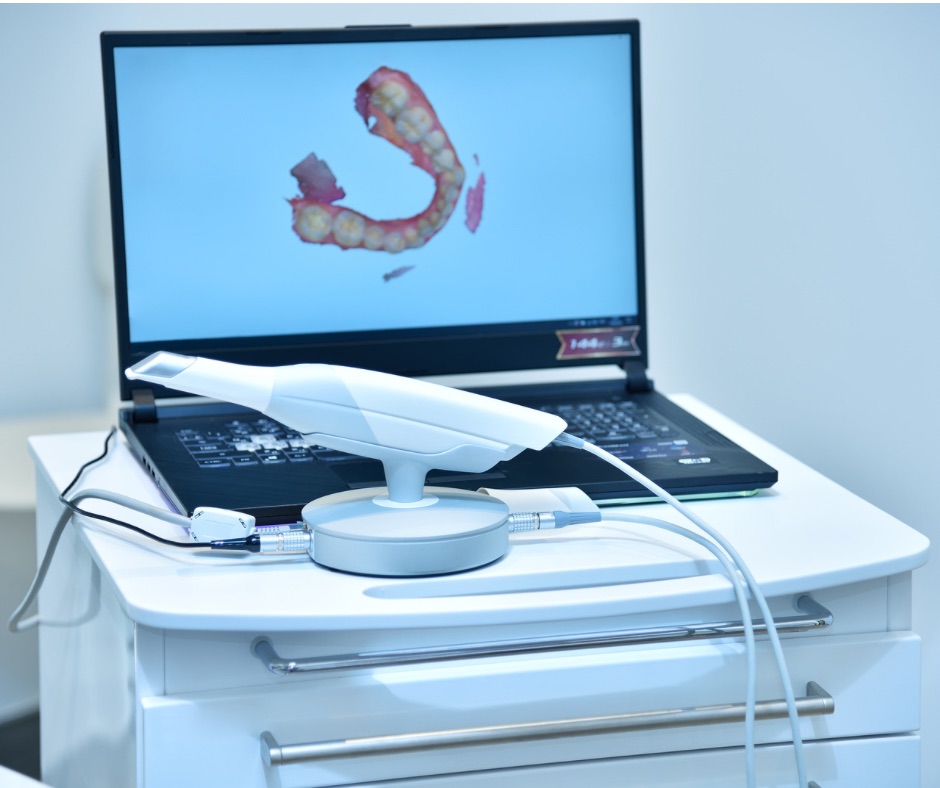Periodontitis is one of the most common dental pathologies, although it does not affect the tooth itself but the surrounding supporting structures, known as the periodontium. It comprises of all those tissues which offer support and protected to the tooth during chewing. All these tissues, more precisely gums, alveolar bone, periodontal ligament and cementum, are key to keeping the tooth within the socket in an elastic manner, allowing it to slightly move during chewing.
Being present in the 60% of the population, this is indeed one of the most frequent dental diseases, surpassed only by caries. As its first symptoms are almost invisible, it is good to know them, so that we can inform our dentist when we notice a sudden change.
What pathologies can affecti the periodontium?
Among the pathologies that can occur in the periodontal tissues the most common are gingivitis and periodontitis, so while the first occurs only at the level of the gums, the second affects all periodontal tissue. The symptoms of periodontitis are inflammations which cause the creation of pockets within which tartar gets accumulated, rendering the inflammation even worse. As it is a phenomenon occurring within the gums, often the only symptoms are reddening of the gums that the patient often fails to notice.
Main causes of periodontitis
Plaque is a biofilm which deposits on the teeth and is composed of bacteria normally present in mouth. This is a normal process which does not cause harm if normal hygiene is maintained and if overall health is good. When the body lacks its normal equilibrium the formation of inflammations within the gums or the periodontium is possible, leading to periodontitis. Within the bacteria there are a few pathogens which are deemed responsible for the onset of this pathology, but the following factors may be significant as well:
- Bad tooth positioning (crowding)
- Malocclusion
- Tooth morphology
- Smoking
- Diseases such as diabetes, salivary alteration, etc.
- Hereditary factors
Periodontal disease therapy
When periodontitis is diagnosed, the patient is highly encouraged to follow its dentist’s suggestions. Firstly, thorough dental cleaning will be conducted, including tartar ablation, and gum curettage or root planing if needed. In extreme cases surgical procedures will be applied to clean all tissue.














